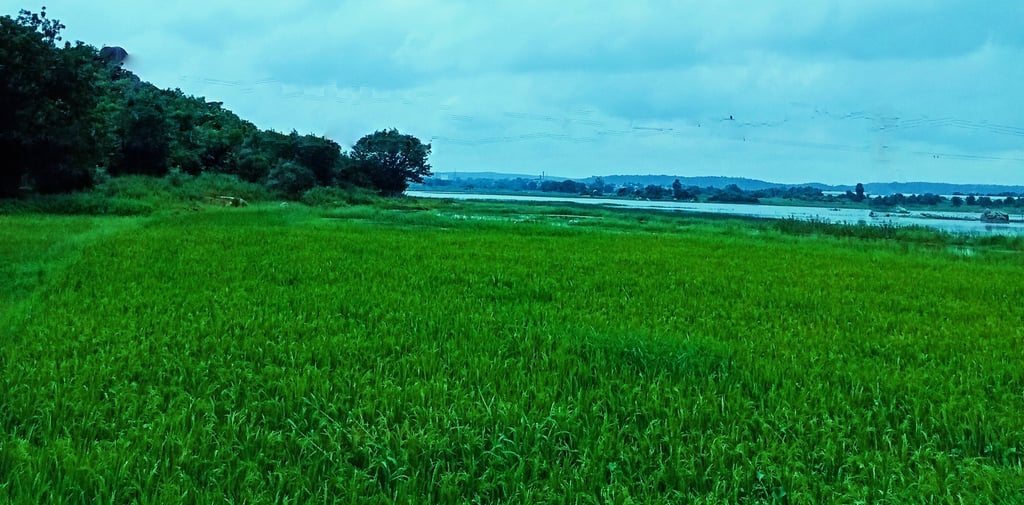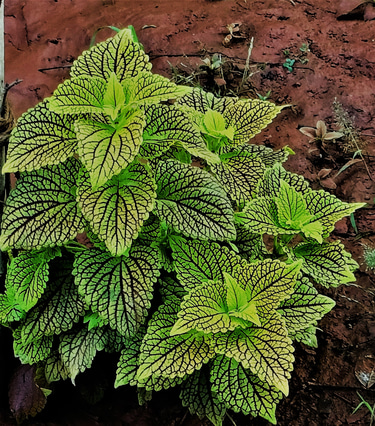Rice Tungro Disease: A viral disese of Rice
Rice Tungro Disease is caused by two virus called Rice Tungro spherical virus and Rice Tungro bacilliform Virus. These virus are vectored by green hoppers. Incidence of disease may be devastating if not managed well.
Satish Naik
7/3/20233 min read


Tungro Disease in Rice cultivation: A Viral Disease
Rice is a major staple food of the world population, covering about 20% of calorie consumed. Its cultivation is a way of life for more than 70% of farmers in Asian countries, in the form of employment, income and food. These countries contribute 90% world's rice production. China is the largest producer of rice with highest yield per Hectare followed by India. India second largest producer of rice with largest area under rice cultivation. Indonesia, Bangladesh, Vietnam are other major countries producing rice. Though it is rich source of carbohydrates, it also contain fair amount of proteins (2.5%). Like any other crop, it also suffers from incidences of plenty of diseases, may be fugal or bacterial or viral or because of nematodes during its cultivation. Tungro is one such disease which may cause considerable quantitative and qualitative loss, if it is not detected and managed well.
Symtoms of Rice Tungro Disease:
Main symptoms of this Tungro disease is yellowing of leaves. Yellowing starts from tip of leaves located at the base, extends downwards along the leaf edge to cover entire leaves later on. Discoloration varies depending on the cultivars. It is normal yellow in Japonica and brighter yellow or orange yellow in case of Indian varieties. Small rusty spots appear on affected leaves in severe cases. Incidence of disease is more in early stages of plant, some times occurs even at seedling stage. Affected plants produce less number of tillers with shortened length. Occurrence of disease delays flowering, panicles initiation stage and maturity. Number of panicles produced are also less. Panicle length remains short and grains formed may not be wholesome and with less weight. Some time grains exhibits dark blotches. Thus disease affects paddy to greater extent to reduce the yield and its merchantability.
Management of Rice Tungro Disease:
Cause of Rice Tungro virus
'Tungro' is word from Philippino language, means 'degenerated Growth'. Disease was misunderstood earlier as disorder of nutrient deficiency. It was first demonstrated as viral disease in 1963 in Philippines. This disease is caused by tow types of virus particles like 'Rice Tungro Spherical Virus (RTSV)' and 'Rice Tungro Bacilliform Virus (RTBV)'. These virus particles are transmitted by green hoppers or plant hoppers, especially Niphotettix virescenns. RTBV is rod shaped, DNA congaing virus where as RTSV is spherical in shape with RNA as its constituent. RTSV can be transmitted singly by vector, where as RTBV only in combination with RTSV.
Use of Resistant varieties: Varieties resistant to either development of nymphs and adult of vector or tolerant to Tungro virus is the best way manage this disease. Varieties like IR 36, IR 50, ADT 37, CO 45, CO 48, etc have been found effective in this regard. The variety Nidhi (IET 9994) has been found highly resistant to said virus. Kataribhog, Ambemohar 102, Vikramarya (IET 7302) are the some of the other known resistant varieties.
Fallowing and crop rotation: Incidences of the disease to be followed by fallowing of land for few months to avoid possible build up and growth of vector populations. Crop rotation with legumes, oil seeds or tuber crops often found effective.
Weeding: Regular weeding is mandatory to destroys alternate host plant. This reduces the chance for vector survival. Keeping the farm bunds free from weeds and grasses are also very important.
Proper nutrition of crops: As incident of disease occurs in early stages of crops, proper nutrition keeps the plant vigor intact and make them immune to virus. Application of nitrogenous fertilizer in required quantity reduces associated leaf yellowing to some extent and application of phosphorus and potash keep the crop less susceptible to Tungro virus.
Control of Hoppers: Hoppers, which are the vectors of the Tungro disease can be controlled well by using light traps. Here hoppers are made to attract towards lights and made to accumulate and same are killed by applying suitable insecticides. To reduce the hopper infestation during the seedling stage, application of carbofuran 3G@ 30 kg/ha is recommended before sowing or broadcast the same after 4-5 days of sowing. Foliar spray can be made with monocrotophos 36EC @1 L/ha or carboryl 50 WP @2 kg/ha depending on hopper population, in post transplanting stage.
Newsletter
Sign up for our newsletter and get notified about all new posted articles.
ADDRESS
House No. 2-113(P), Visnumurthynagar, Kelarkalabettu, Thenkanidiyuru, Udupi
cONTACT
7975809540
satishmqc362@gmail.com
